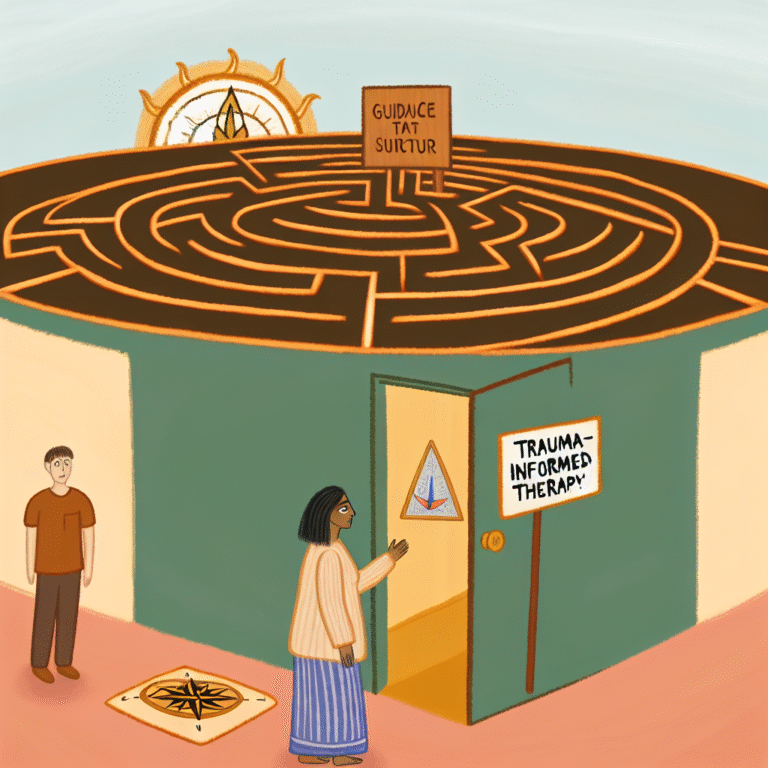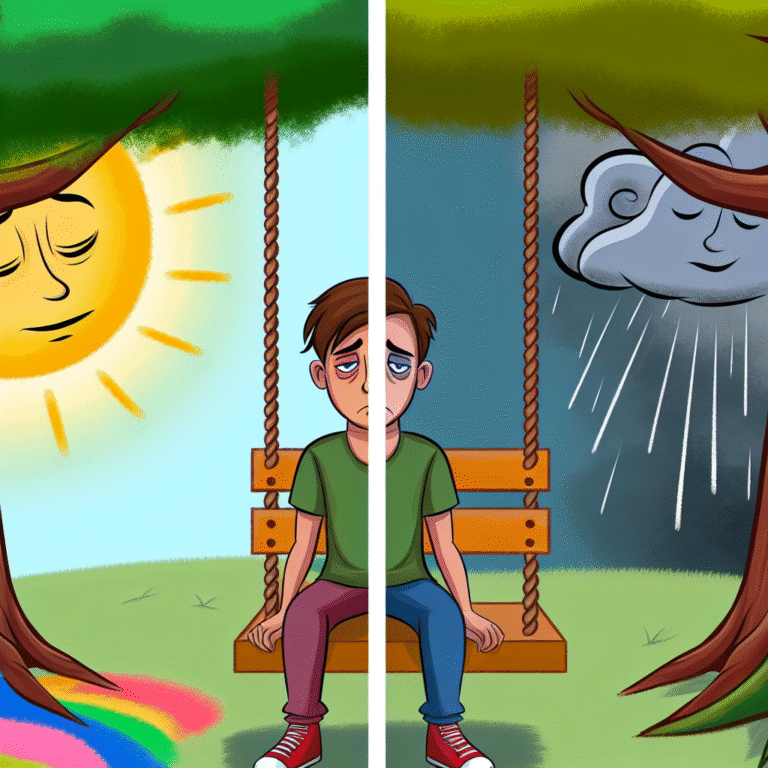
Healing Through Understanding: The Essential Role of Triggers in PTSD Recovery
Introduction
In a world where mental health awareness is gaining much-deserved traction, the complexities of trauma and its lasting effects are emerging from the shadows. Post-Traumatic Stress Disorder (PTSD) is a prevalent yet often misunderstood condition that can affect anyone who has experienced a traumatic event. While triggers associated with PTSD can evoke intense emotional responses, understanding these triggers is crucial to the healing process. Within this exploration, we delve deep into the healing through understanding: the role of triggers in PTSD recovery. By uncovering how triggers operate and providing practical insights into managing them, we can foster paths toward healing and reclaiming control over one’s life.
Understanding PTSD and Its Triggers
What Is PTSD?
Post-Traumatic Stress Disorder, commonly referred to as PTSD, arises in individuals who have experienced or witnessed traumatic events. Symptoms may include flashbacks, nightmares, severe anxiety, and uncontrollable thoughts about the event. Essentially, an event that overwhelms one’s natural coping mechanisms can live on in the psyche and manifest through various intrusive and debilitating symptoms.
Defining Triggers
Triggers are stimuli that invoke memories of a traumatic event, leading to emotional or physical reactions, often resembling those experienced during the actual trauma. These can be anything from a sound, smell, sight, or even a specific conversation. Understanding the relationship between triggers and PTSD is fundamental for recovery.
The Science of Triggers and Trauma
How Triggers Affect the Brain
When a person experiences trauma, it significantly alters brain function. The amygdala, a region responsible for emotional regulation and fear response, becomes hyperactive, while the prefrontal cortex, involved in rational thinking, becomes less effective. This disconnection leads to a heightened state of alertness and reactivity in response to perceived threats, even when those threats are not present.
Chart: Brain Activity in PTSD
| Brain Region | Function | Activity in PTSD |
|---|---|---|
| Amygdala | Emotional processing | Overactive |
| Prefrontal Cortex | Rational thought | Underactive |
| Hippocampus | Memory formation | Impaired |
The Cycle of Triggers and Responses
When a trigger is encountered, the enduring effects of trauma resurface in the form of a heightened stress response. Individuals may find themselves in a cycle: experiencing a trigger, responding with intense emotions, and then grappling with the aftermath. This cycle can feel overwhelming and counterproductive, deepening the struggles associated with PTSD.
Case Study: The Power of Understanding Triggers
One notable case is that of Lisa, a 32-year-old woman who developed PTSD after a violent robbery. Initial therapy focused solely on the trauma without considering the triggers affecting her daily life. Lisa was unaware that the sound of sirens and specific social situations served as constant triggers for her, exacerbating her symptoms.
Analysis of Lisa’s Case
Lisa’s journey illustrates the significance of identifying triggers as a fundamental aspect of healing through understanding: the role of triggers in PTSD recovery. Once she began to recognize her triggers, she collaborated with her therapist to develop coping strategies, including grounding techniques and breathing exercises. This proactive approach not only mitigated her distress but also empowered her to confront situations she once avoided.
Strategies for Healing Through Understanding: The Role of Triggers in PTSD Recovery
1. Identifying Personal Triggers
Recognizing what specifically triggers symptoms is the first step toward recovery. Keeping a journal can be an effective way for individuals to track their emotions and identify patterns.
2. Creating a Safety Plan
Developing a personalized safety plan can provide comfort and security. Such a plan outlines steps to take when faced with a triggering situation, ensuring individuals feel equipped to handle their reactions.
3. Grounding Techniques
Grounding techniques help individuals stay present in the moment. These include deep breathing, engaging the five senses, and using positive affirmations. Utilizing these strategies can significantly reduce the severity of a stress response when confronted with triggers.
Table: Grounding Techniques for PTSD
| Technique | Description |
|---|---|
| Deep Breathing | Focus on inhaling and exhaling slowly |
| Five-Senses Exercise | Identify five things you can see, hear, feel, taste, and smell |
| Positive Affirmations | Repeat constructive and reassuring phrases to oneself |
4. Seeking Professional Help
Therapy types, such as Cognitive Behavioral Therapy (CBT) or Eye Movement Desensitization and Reprocessing (EMDR), can dramatically reduce symptoms by focusing on triggers and developing responsive coping mechanisms.
5. Peer Support
Connecting with others who have similar experiences can be immensely validating. Support groups provide a safe space to share stories and coping strategies, promoting healing through understanding.
The Role of Education in Recovery
Understanding the complex emotional landscape of PTSD and its triggers empowers individuals to take charge of their recovery. Education involves not only individuals with PTSD but also their families and communities. By becoming informed about PTSD and its impact, loved ones can provide crucial support, thereby easing the burden of triggers on those affected.
Conclusion
Healing through understanding: the role of triggers in PTSD recovery is a multi-faceted journey requiring patience, education, and community support. By recognizing and confronting triggers, fostering a safe environment, and utilizing coping strategies, individuals can navigate the choppy waters of recovery more effectively. It is vital to remember that seeking help and embracing the healing process is a sign of strength. The journey may be challenging, but with understanding and the right tools, it can lead to profound personal transformation and resilience.
FAQs
1. What are common triggers for PTSD?
Common triggers can include sounds (like fireworks or sirens), smells (such as burning rubber), places that remind one of the trauma, or anniversaries of the event.
2. How can I manage my triggers?
Techniques include deep breathing exercises, grounding techniques, keeping a journal, and working with a therapist to develop coping strategies.
3. Is therapy necessary for PTSD recovery?
While therapy can be highly beneficial, especially types focused on trauma, the necessity of therapy varies for each individual. Some may find self-help strategies effective.
4. How long does recovery from PTSD take?
Recovery is unique to each individual, influenced by the severity of the symptoms, support systems, and personal coping mechanisms. Healing can take months to years.
5. Can PTSD ever fully go away?
Many individuals see a significant reduction in symptoms and can lead fulfilling lives with the right strategies and support, even if some reminders of their trauma remain.
By embracing the healing wisdom found in understanding the role of triggers in PTSD recovery, we can encourage a society that nurtures healing, empathy, and resilience in the face of trauma. This is not just a path for those affected by PTSD but a collective journey toward a deeper comprehension of human experience and emotional health.















